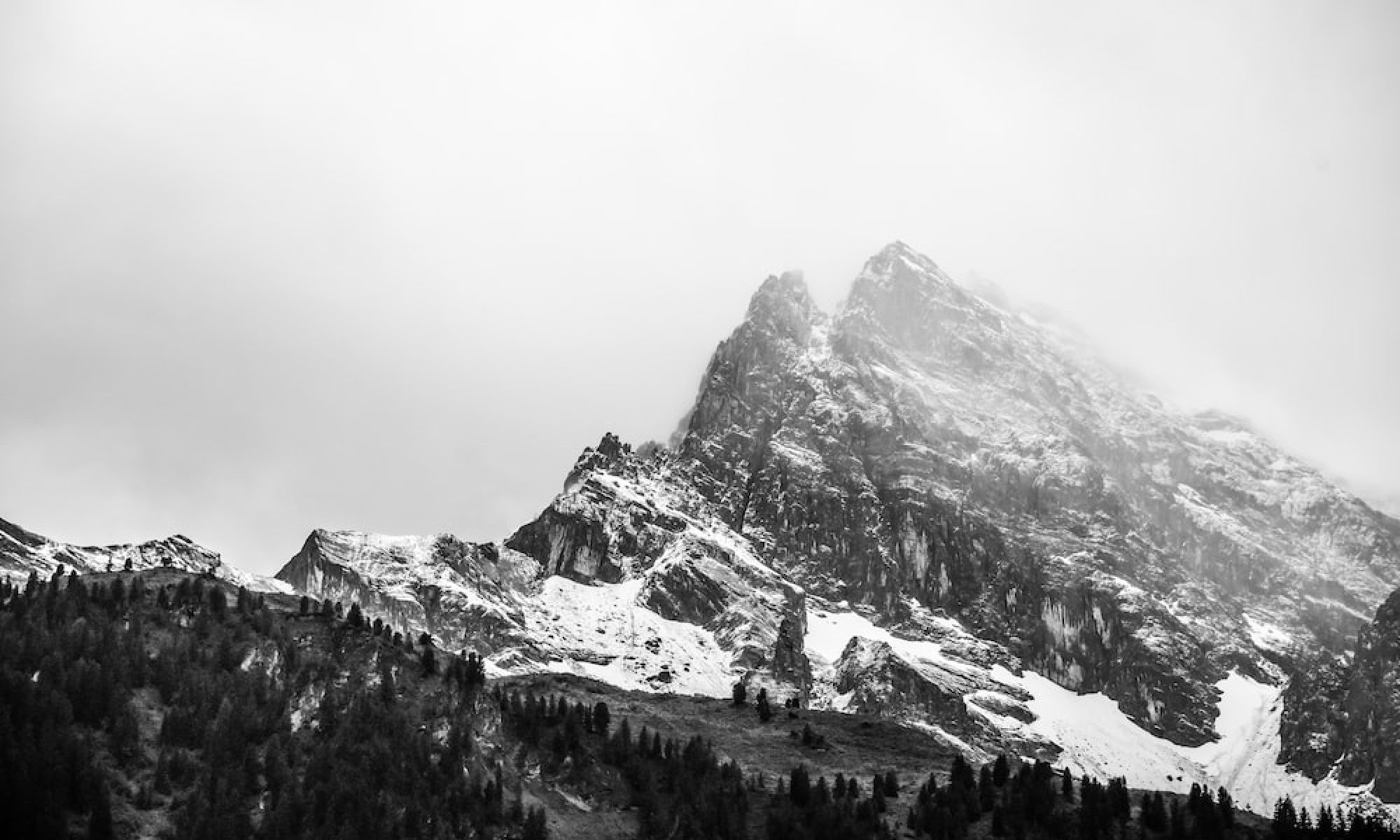pt. 1
“Sometimes I do get to places just when God’s ready to have somebody click the shutter.”
– Ansel Adams
Friday morning, before the sun broke, I was making my way down a dirt road, pot holes rocking the truck back and forth, yellow aspens still gray in the early morning darkness.
The Destination?
A small creek that flows down from the meadows surrounding King’s Peak in eastern Utah’s Uinta Mountains.
The Objective?
Hike in 5-6 miles to some of the most enjoyable small stream fishing I know and enjoy a weekend in the presence of the glory of fall in the Mountain West.
The beauty of fly fishing lies in location choice, patience, and the ability to listen.
As I approached the location we had chosen to fish for the day, I settled into my typical routine. I strung a new leader, picked a fly, and decided what method of fishing I might use to start. This might sound complex or nuanced, but it’s really not. I typically fish with the same caddis fly floater; it’s light tan and medium-sized. Then, I look to the stream and decide if I should be in the current or simply cast to the slower-moving pockets on the sides of the current. Do I want the fly to roll over the rocks and into the swirling bubbly water, or do I want to toss my fly into the eddy swirling off to the left or right?
I cast.
Time moves slowly in these moments. The wind blows upstream, rustling the leaves of the trees that reach over the river. That same wind also takes my fly to places I am not intending, making it a strange struggle for intention amidst a gloriously peaceful, calm river scene. I often find the struggle oddly difficult in these little moments, as my efforts to enjoy the beauty of the moment are thwarted by the very environment that I’ve come to enjoy.
It’s an odd mix of patience and force.
I must use force upon my will to remain patient and still while keeping focused on the ultimate goal of enjoying this brief moment of serenity.
Throughout the day, I fish a number of small holes. I catch cutthroat and brookies from behind rocks and pull them out of the calmer eddies surrounding these pockets. The day passes with a cool wind and bright light. Yellow aspen leaves sprinkle the nearby pines with gold coins, as if the forest is self-decorating. What it is decorating for, I’m not sure. Perhaps the end of the summer season. Perhaps this is the final release of life before a wall of snow falls from the sky. No matter, the summer in these mountains has passed with green and life and living and dying, and this final act of the mountain feels divinely appropriate. It feels both grand and final, and this is why I love it. This is why I am here. The fishing is simply the excuse, the action, the thing to keep my reptile mind engaged. It’s the final celebration of the season that truly draws my attention.
While a skilled fisherman may perhaps deceive himself into thinking that what he caught was of his own accord, giving credit to his choices of fly and location, the true glory goes to the creator of the mountains and trees. In this display, he has had no part. Only a pair of legs to move through the rocks and trees and a pair of eyes to take in the spectacle. If he is honest with himself, even the success he’s had in catching a few small trout simply goes to the conditions in which he has found himself. This, perhaps, is the most beautiful part.
“Some photographers take reality… and impose the domination of their own thought and spirit. Others come before reality more tenderly and a photograph to them is an instrument of love and revelation.”
-Ansel Adams
If you’ve been around the Mountain West, places like The Tetons and Yosemite, you’ve seen the great exhibitions built to display the work of Ansel Adams. For many of us in the modern age, it can be easy to overlook the lessons in Ansel’s work. We’ve now seen many photographs of the places he is famous for. We’ve likely seen many with our own eyes.
There is a powerful lesson in Ansel’s work .
There are two qualities of Ansel Adams that I believe set his work far apart from anyone of his time and many since.
The stories of Ansel tell of a man willing to stand for days, even weeks, in a location to capture that perfect moment. In this, Ansel knew that it was not his photography that made a photograph but his patience. While there are many photographs of the same locations, none of them seem to capture the moments he captured. It’s not simply his scenes but his moments.
Secondly, he ventured into the most intense places during their most intense times. Looking at Ansel’s work, you must see the boldness of both his locations and when he found himself there. Many more average photographers shrink back when they see the degree of glory looking back at them through the lens.
Ansel leaned in.
He leaned in and listened. He heard what the space had to tell him. He didn’t seek to display his own significance but to simply capture the significance of the places around him.

